user
A big part of hiring a new person is getting them to understand the ways that you do things.
And a huge part of making them successful is using delegation.
A big component with delegation is being clear with your expectations and being able to understand whether the person you delegated to you was able to deliver the product, the way that you want it delivered.
The nice thing about automation is it eliminates a lot of the effort that goes around the hiring and delegation components, because instead of having to go through and train new hires as they come in and worry about retention, have that person already on the right track.
Delegation allows you to do things by allocating more resources, to working on building the business. But if you're not careful, when you go through, and you delegate tasks that are really not very complicated, and they're the same thing that somebody's doing over and over and over, you start to impact that person's morale. Which makes it so they're not interested in actually doing a great job, which then, impacts your overall results. Automation really lends a hand at making this a much better experience for your team, as well as a lot less defects for your clients to deal with.
But there are catches.
The first catches that, as you grow, oversight, becomes less gut based, and more dependent on metrics, and reports that are coming out of automation.
The other thing is, is that your key engineers can't double check every single piece of hardware, every account that gets created, as it goes into production for your clients.
As you start running into these growing pains, your quality might actually start going down. And that's why we're going to be digging into automation here.
Another issue is we have worked from home becoming much more prevalent. And, so, some of the old automation methods might not work around that, and we now have the ability to ship an endpoint to remote worker, ready to use, without any technician touching it, and that's what we're going to be talking about.
One of the biggest assets you have is documentation.
When I talk about documentation, I am specifically homing in on just in time documentation—that is documentation that your team is actively improving every time it’s used.
How just in time documentation worked for our support team
Each time our team used a just In Time document, a user would tag it as being used. Or they would give it a thumbs up, and this would end up building up how many times each of those tasks were happening.
This allowed us to pick out the tasks that were happening the most, and also the tasks that had the most time associated with them.
Then, we built out systems to automate away the high time issues, and the issues that were happening over and over.
What we found is onboarding computers wasn't one of the highest, because it takes a lot of time, and if you think about it, every single user gets a new computer at some point during their existence, inside the organization.
This week in SecOps we will walk through how to automate your onboarding process to eliminate extra work and make sure your process is securing your new team members.



